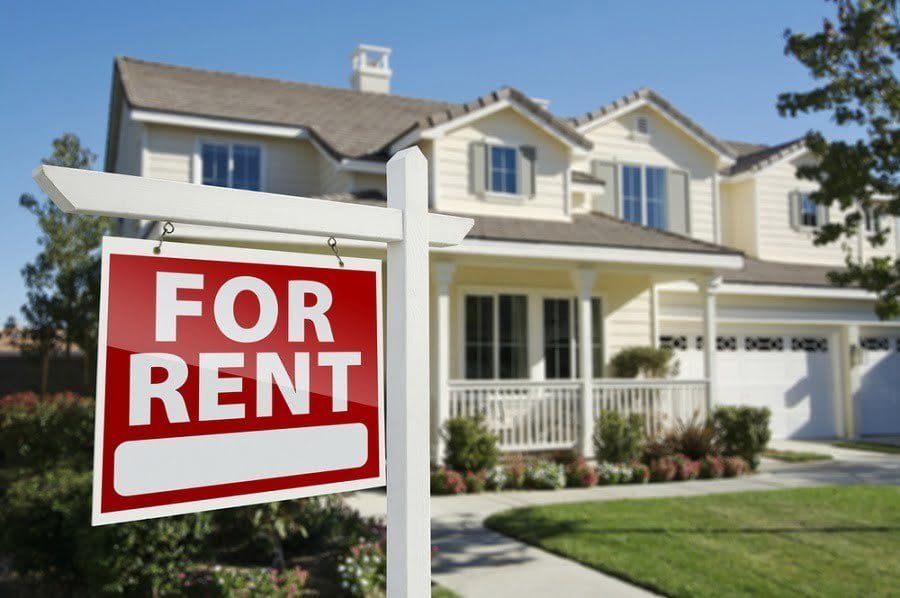Last updated on
As a landlord you need to figure out how much to charge for damages to your property. These guidelines will help you.
As a landlord renting out a property, it’s likely there will be accidental damages caused by tenants over the years. But figuring out how much to charge for damages can cause all kinds of headaches.
Luckily, by following certain guidelines, landlords can arrive at a fair amount to charge for damages without causing any undue stress. And being able to clearly illustrate how you arrived at that amount will make tenants much more likely to accept the costs. These tips will help you figure out exactly how much can a landlord charge for damages.
Inspect the Property Before a Tenant Moves in

Probably the most crucial point when it comes to charging for damages is having a baseline for the property’s condition. That means inspecting and documenting the condition before a tenant moves in. Then after the rental period ends it’s as easy as comparing the before and after, easily giving you a clear idea if there’s damage to your property. Tenants are also more likely to accept the responsibility and cost of the repair when provided with clear documentation, as it also protects them from being charged for something already damaged.
Can a Landlord Charge for Regular Wear and Tear?

In short, the answer is no. Tenants are paying for the right to live as if it were their own home while foregoing the cost for the regular wear and tear that occurs. As a landlord, it’s important to be able to differentiate between this regular wear and tear and damage caused by an accident or neglect. Things like loose door handles, small scrapes in a wooden floor, or discoloring due to exposure to sunlight are things considered to be regular wear and tear from living in a home.
Landlords are responsible for maintaining the state of the property, which involves things like following the building codes and making repairs as needed. Landlords can’t charge for any damage caused thanks to them neglecting their duty.
For the ultimate peace of mind, owners can take out landlord insurance. Landlord insurance, like that offered by NRMA covers any damage caused by the tenants as well as things like income lost during repairs, theft, and fire and water damage.
Evaluating the Cost of Repairs

If there’s some damage to a property, landlords need to come up with a fair amount to charge (if they’re undergoing the repair themselves). Here are some questions to ask yourself when determining exactly how much you can charge.
How old was the item?
Taking into consideration the age of the item is the first step in evaluating the cost of repairs. Was it a dusty, 20-year-old mirror, or brand-new bathroom tiles? Remember to consider that older items lose their value over time.
What was the original cost of the item?
Of course, the original cost of an item is another factor. You can’t charge $100 for a broken teapot that cost you $30. And again, it’s also important to note here that an item’s value depreciates over time.
Can you repair the item, or do you need to replace it?
If a landlord can repair the damage themselves, it should cost less than if it’s something that needs replacing.
How long will it take to complete the repair?
Whether or not a landlord has to spend a lot of time repairing damage should also be considered. Is it a long and strenuous repair, or will it be a quick and easy fix? A rough estimate of how long a repair will take is useful in figuring out how much a landlord should charge for damages.
Do you need to hire a contractor to complete the repairs?
In a lot of cases, the damage might involve a set of special skills that you just don’t have. In these cases, you’ll need to hire a contractor to complete the job. When seeking quotes for a repair, it’s important to approach two or three different companies at once. Afterward, you can choose the quote that’s the best fit, forwarding it to the tenant for full transparency. You should also forward the final invoice to the tenant, as the price might differ slightly.
Providing the Tenant an Itemised List of Damages

If you are going to take a deduction from a tenant’s security deposit, it’s vital that you provide an itemized list of damages. This should include all the receipts you have for repairs, or if it hasn’t been completed yet, the amount quoted by yourself or a contractor.
If a tenant is still living at the property when the damage and repair occurs, it’s essentially the same procedure. Landlords will need to provide the tenant with a written notice regarding the damage caused, and an invoice that breaks down the cost of the repairs as well. Don’t forget to include all receipts and quotes.
Creating a List of Standardized Repair Costs

A quick way for landlords to figure out how much they can charge for damages is by creating a standardized list for different repair costs. This list would detail the exact price for specific repairs. For example, for replacing a broken mirror in the bathroom you could decide to charge $150, or if you need to repair a hole in a wall you could charge $50. The list would be a part of the rental contract, signed by the tenant.
It’s an attractive prospect to do things this way, as both the landlord and tenant will be aware of the cost attached to any damage caused. However, the one downside to this list of repair costs is that if something costs significantly more than what you originally recorded. If this is the case, landlords might have a hard time convincing a tenant that they need to pay more than what was originally agreed.
Recap




